If you're new to ice skating, sharpening your skates regularly is key to staying safe and improving faster. Dull blades make it harder to stop, turn, and balance, which can lead to frustration (and more falls). Here's the short answer: sharpen your skates every 10–15 hours of use or every 2–3 months. This keeps your blades in good shape and helps you focus on learning, not fighting with your equipment.
Quick Tips for Beginners:
- Track Your Hours: Use a calendar to log your skating time and sharpen once you hit 10–15 hours.
- Outdoor Ice Dulls Faster: If you skate outdoors, plan for sharpening every 8–10 hours due to rougher surfaces.
- Pay Attention to Performance: If stopping or turning feels harder, your skates might be dull.
- Visual Checks: Look for rust, nicks, or worn edges before every session.
- Stick to Pros: For beginners, professional sharpening (around $5–$10) is the safest option.
Properly sharpened skates make skating smoother, safer, and way more fun. Keep reading for more details on sharpening schedules, blade care, and spotting dull blades.
Figure Skate Sharpening Guide - How, Why and When to sharpen your figure skates
How Often Should Beginners Sharpen Ice Skates?
Plan to sharpen your skates every 10-15 hours of use or about every 2-3 months. This routine helps keep your blades in good condition, even if you're not yet sure how to tell when they're dull.
For beginners, it’s tricky to recognize when blades need attention. That’s why sticking to a regular schedule is so important - it takes the guesswork out and ensures you’re skating safely. A handy tip? Use a calendar to track your skating hours and sharpen your skates once you hit the 10-15 hour mark. Let’s dive into how factors like frequency, ice conditions, and skill level can influence your sharpening routine.
How Skating Frequency Affects Sharpening Needs
How often you skate plays a big role in how often your blades need sharpening. For instance, if you skate 1 hour a week, you’ll likely need sharpening every 10-15 weeks. But if you’re attending a 3-hour weekly class, expect to sharpen every 3-5 weeks.
The more time you spend on the ice, the faster your blades wear down. If you’re skating casually once a week, the general 2-3 month rule should work fine. However, if you’re on the ice several times a week, you might need to sharpen monthly or even more often.
Pay attention to your sessions and note how your skates feel after sharpening. Over time, you'll spot patterns in how long your blades stay sharp, making it easier to plan your maintenance schedule.
Indoor vs. Outdoor Ice: Surface Impact on Blade Wear
The type of ice you skate on can make a big difference in how quickly your blades dull. Indoor rinks with smooth, clean ice are much easier on your skates than outdoor surfaces, which can be rough, dirty, or uneven.
Indoor rinks offer consistent conditions, meaning your blades wear down more predictably. If you’re skating indoors, you can usually stick to the 10-15 hour guideline without much worry.
Outdoor ice, on the other hand, is a whole different story. Natural ice often has debris, rough patches, or uneven areas that can dull or even damage your blades much faster. If you mix indoor and outdoor sessions, you’ll probably notice that outdoor skating takes a bigger toll on your equipment. After skating outdoors, check your blades and be ready to sharpen more frequently.
Beginner Skill Level and Blade Care Requirements
As a beginner, it’s tough to tell when your skates are dull. That’s why it’s smart to stick closely to the 10-15 hour rule. It keeps your blades sharp and your learning curve smoother.
Dull blades can cause all sorts of problems. You might unknowingly develop bad habits trying to compensate, face a higher risk of falling, or just have less fun on the ice. If basic moves feel harder than they should, it might not be you - it could be your skates.
The best strategy? Be proactive. Follow the 10-15 hour rule until you gain enough experience to feel the difference between sharp and dull blades. Sharpening a little too often is far better than struggling with blades that aren’t up to the task. As you improve, you’ll naturally start to sense when your skates need attention.
Keeping your blades sharp not only helps you develop proper technique but also makes skating safer and more enjoyable.
Warning Signs Your Ice Skates Need Sharpening
Even if you stick to a sharpening schedule, it's smart to keep an eye on your blades regularly. Dull skates can make skating a frustrating experience, especially for beginners who might assume the problem lies in their skills rather than their equipment. Spotting the early signs of dull or damaged blades can help you stay safer on the ice and avoid developing bad habits. By paying attention to these clues, you can keep your skates in top shape and enjoy a more confident, controlled skating experience.
Visual Signs of Dull or Damaged Blades
Before each skating session, take a moment to inspect your blades. A quick visual check can save you from a rough day on the ice - or worse, an injury. Look for rust spots, chips, nicks, or areas along the edges that seem worn down. Even small nicks can throw off your performance, and rust, which forms quickly if moisture isn’t wiped off after skating, can dull your blades in no time.
Here’s an easy test you can do at home: gently run your fingernail along the edge of the blade. A sharp blade will shave off a tiny sliver of your nail, while a dull blade won’t catch at all.
If you’ve been skating outdoors, inspect your blades even more carefully for chips or rust from exposure to rougher surfaces. Multiple nicks or visible rust are clear signs that it’s time to get your skates sharpened, no matter how recently they were last serviced.
Performance Changes That Signal Dull Blades
Sometimes, your performance on the ice can reveal what your eyes might miss. If your skates aren’t gripping the ice like they used to, it’s a red flag. You might feel like you’re slipping or struggling to get a good "bite" into the ice during turns or stops. These movements, which should feel smooth and controlled, can start to feel awkward or unreliable.
Another telltale sign is difficulty with basic maneuvers. If stopping, turning, or even simple crossovers suddenly feel harder or less precise, your blades might be losing their edge. For beginners, an increase in falls or a noticeable loss of balance could also point to dull blades. Don’t just assume it’s an off day - check your skates. Comparing how they feel now to how they felt after their last sharpening can help you pinpoint the issue.
In short, if spins, crossovers, or stops that once felt easy now leave you struggling, or if you feel less stable overall, it’s probably time for a professional sharpening. Keeping your blades sharp not only boosts your performance but also reduces the risk of falls and injuries, making your time on the ice more enjoyable and safe.
sbb-itb-17ade95
Ice Skate Sharpening Options: Professional vs. DIY
Once you realize your skates need sharpening, you'll face a decision: head to a professional or tackle the job yourself at home. Both options have their pros and cons, so understanding the differences can help you choose what's best for your skill level, time, and budget.
Professional Sharpening Services
Professional sharpening relies on specialized machines to ensure precise blade alignment and a consistent edge. You’ll find these services at most ice rinks, hockey shops, or sporting goods stores across the U.S. Many places even offer loyalty programs or package deals, which can save you money if you’re skating regularly.
One major perk of going pro? They don’t just sharpen your blades - they inspect them too. Skilled technicians can spot damage or wear that you might overlook and offer tips for better blade care. This is especially helpful for beginners who might not know what a properly maintained blade should feel like. Plus, there’s peace of mind knowing the job’s done right, which can be a big confidence booster when you’re still finding your footing on the ice.
Home Sharpening Tools and Methods
If you’re more of a DIY type, there are several tools to help you sharpen your skates at home. Here’s a quick breakdown:
- Portable hand-held sharpeners: These cost about $20–$50 and are great for quick touch-ups but aren’t ideal for major sharpening jobs.
- Manual sharpening stones: Priced between $30–$80, these can smooth out small nicks and imperfections. However, they require a good understanding of blade geometry and technique to avoid causing damage.
- Guided sharpening systems: These range from $100–$150 and hold the blade at a fixed angle, making them a bit more beginner-friendly. While they’re not as precise as professional machines, they’re the best choice for skaters serious about learning home maintenance.
That said, home sharpening isn’t as simple as it sounds. You’ll need to master blade alignment, pressure control, and creating the right hollow (the concave groove in the blade). Mistakes can lead to uneven edges, shorten the blade's lifespan, or even make skating unsafe. If you’re new to this, it’s a good idea to watch tutorials and practice on an old pair of skates before working on your main ones.
Professional vs. Home Sharpening Comparison
Let’s break down the key differences between professional sharpening and doing it yourself:
| Factor | Professional Sharpening | Home Sharpening Tools |
|---|---|---|
| Accuracy | High, machine-calibrated | Varies based on skill |
| Convenience | Widely available, no setup | At-home, anytime access |
| Learning Curve | None for user | Moderate, requires practice |
| Time | May involve travel/wait time | Immediate, self-paced |
| Maintenance | Includes full inspection | User responsibility |
For most beginners, professional sharpening is the better option. It guarantees your blades are in top shape, letting you focus on improving your skating skills. As you gain experience, you might want to invest in home tools for quick touch-ups between professional sessions.
The ideal approach? Use home sharpening tools as a supplement, not a replacement. Even seasoned skaters often rely on professionals for major blade work and use home tools for minor maintenance. This mix gives you the precision of professional sharpening when it matters most and the convenience of at-home touch-ups when you're in a pinch.
If you decide to try sharpening at home, start small. Stick to light maintenance and don’t hesitate to return to a pro if you notice any issues with your blade’s performance. Improperly sharpened skates aren’t just frustrating - they can be downright dangerous.
Up next, we’ll dive into essential tips for keeping your skates in peak condition.
Ice Skate Care Tips for Better Performance
Taking care of your skates isn’t just about keeping them looking good - it’s about performance and longevity. For beginners, proper maintenance is even more important because well-kept skates offer better grip, smoother gliding, and more predictable control. These are key for mastering the basics and building confidence on the ice.
Daily Care and Proper Storage
After every skating session, dry your blades and boots thoroughly with a clean towel. This step removes moisture that can lead to rust. Once dry, slip soft fabric blade covers over your blades. These covers not only protect the edges but also help absorb any leftover moisture. Avoid storing your skates in hard plastic guards - they can trap moisture and encourage rusting. Save those hard guards for walking off the ice.
Where you store your skates matters, too. Choose a cool, dry spot with good airflow. Steer clear of places like car trunks, damp basements, or sealed bags where moisture can accumulate. This simple habit keeps rust and boot damage at bay.
How to Prevent Rust and Blade Damage
Keeping your blades in top shape goes beyond drying and storing them. Regular inspection is essential. Check your blades before and after skating for any nicks, chips, or rust. And whenever you’re off the ice, always use hard plastic guards to protect the edges. Be careful not to bang your skates together - this can cause chips that mess with performance and might require costly repairs.
For added protection - especially if you live in a humid area or plan to take a break from skating - apply a thin layer of blade oil or a silicone-based protectant once your skates are completely dry. Just don’t overdo it; too much can attract dirt. If you spot small rust patches or nicks, get them fixed by a professional sharpener. Skating on damaged blades can make things worse and lead to pricier repairs down the road.
Why Snowfeet* Makes Maintenance Easier

On top of these basic care tips, Snowfeet* products are designed to make maintenance simpler. Thanks to their compact and durable build, Snowfeet* skates require less upkeep compared to traditional skis or snowboards, which often need more intensive care and specialized storage.
Snowfeet* skates are easy to store in small spaces and dry quickly because their materials don’t soak up much water. This means less time spent worrying about maintenance and more time enjoying the ice - perfect for beginners.
A simple routine works wonders: dry and inspect your skates after every use, check for wear or damage weekly, and plan for professional sharpening every 10–15 hours of skating. Stick to this, and your skates will stay reliable and safe as you progress on your skating journey.
Key Points for Beginner Ice Skate Care
Taking care of your ice skates isn’t just about keeping them shiny - it’s about ensuring a safer, smoother glide and making your blades last longer.
Here’s what you need to know:
- Sharpen Regularly: Aim to sharpen your blades every 10–15 hours of skating or about twice a month. If you’re skating outdoors, you might need to sharpen them more often - every 8–10 hours. A professional sharpening session usually costs $5–$10 and delivers consistent results.
- Check for Wear and Tear: Keep an eye out for dull blades (you’ll notice slipping, less grip, or tricky turns). After each session, inspect for nicks, chips, or rust.
- Dry and Store Properly: Always dry your blades thoroughly after skating to avoid rust. Use blade guards when walking off the ice, and store your skates in a cool, dry, and ventilated spot.
These steps are your go-to for keeping your skates in great shape. And yes, proper drying, guarding, and storage are non-negotiable!
For beginners, picking the right gear can also make life easier. If you’re just starting out, consider Snowfeet* products. They’re a breeze to maintain compared to traditional skis or snowboards. Snowfeet* skates dry quickly and are simple to store, letting you focus more on improving your moves and less on tedious upkeep.
FAQs
How can I tell if my ice skates need sharpening before the usual schedule?
If your ice skates are slipping around or not gripping the ice like they used to, it’s probably time to get them sharpened. You might also notice trouble with quick turns, uneven edges, or even visible nicks and scratches on the blades. Sharp blades are key to staying in control and having a safe, fun time on the ice. This is especially important if you’re skating often on rough or outdoor rinks, as those surfaces can wear down your blades much faster.
Should I sharpen my ice skates myself or have them professionally sharpened?
When it comes to sharpening your ice skate blades, leaving it to the pros can make a world of difference. Professional sharpening delivers precise, consistent results that not only boost your performance on the ice but also help your blades last longer. Using specialized equipment, experts ensure the edges are evenly sharpened - a crucial detail, especially for beginners who might not notice minor blade issues that can affect their skating.
While sharpening your blades at home is an option if you’ve got the right tools and know-how, it’s tough to match the accuracy of a professional job. Uneven or poorly sharpened blades can throw off your balance, make gliding less smooth, and even compromise your control. For those just starting out, opting for professional sharpening is a smart move to stay safe and enjoy a better experience on the ice.
Why does the type of skating surface affect how often I should sharpen my ice skates?
The surface you skate on has a big impact on how often your ice skates need sharpening. Outdoor ice tends to be rougher, with debris, uneven patches, and weather exposure that can wear down your blades faster. Indoor ice, however, is smoother and more consistent, which usually helps your blades stay sharp longer.
For beginners, keeping your skates sharp is key to maintaining control and staying safe on the ice. If you’re spending most of your time skating outdoors, you’ll probably need to sharpen your skates more frequently compared to skating indoors. Pay attention to how your skates perform - if they start slipping or don’t grip the ice well, it’s a good sign they need a sharpening session.







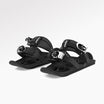
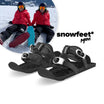
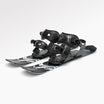
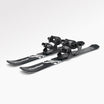

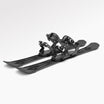

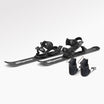






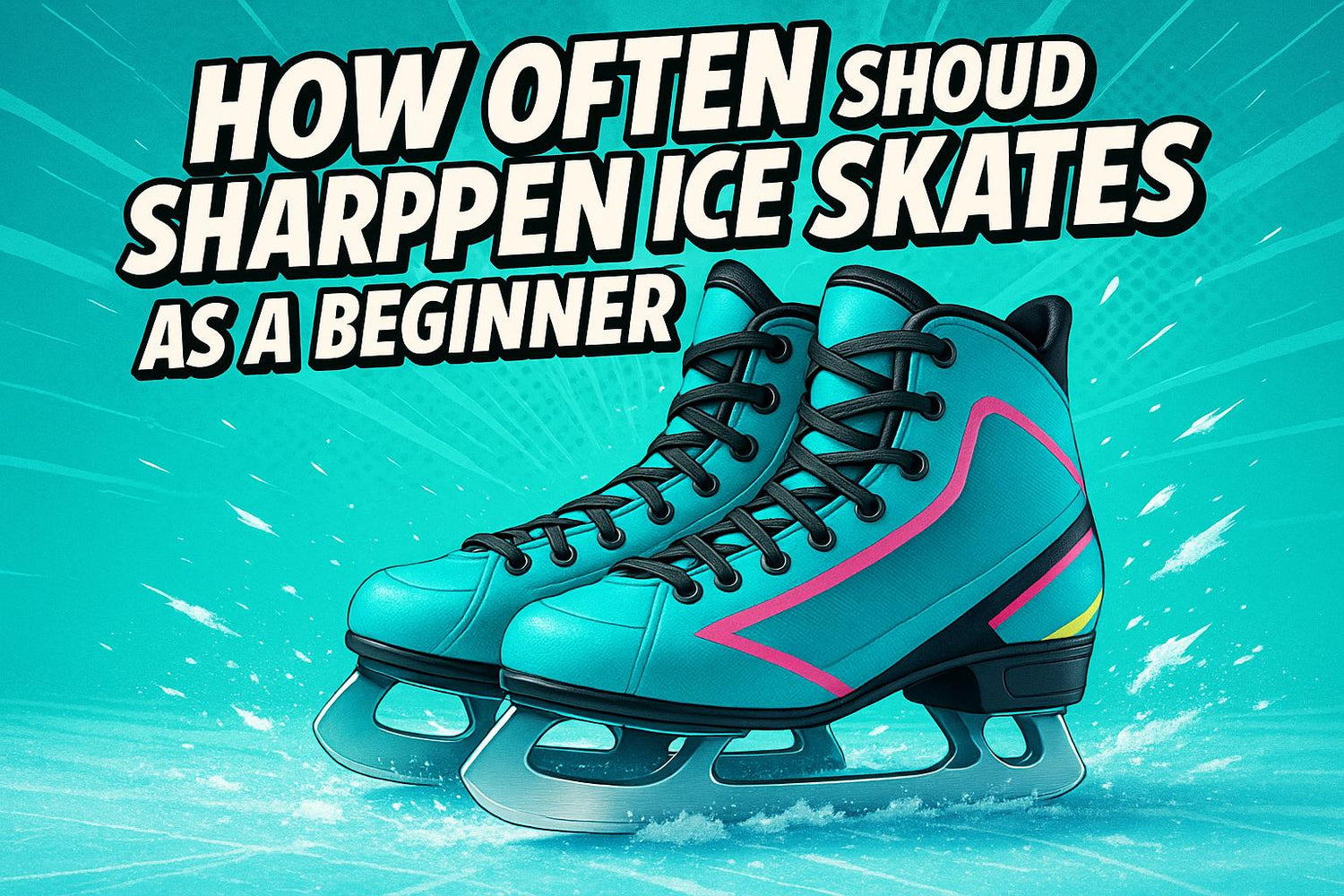
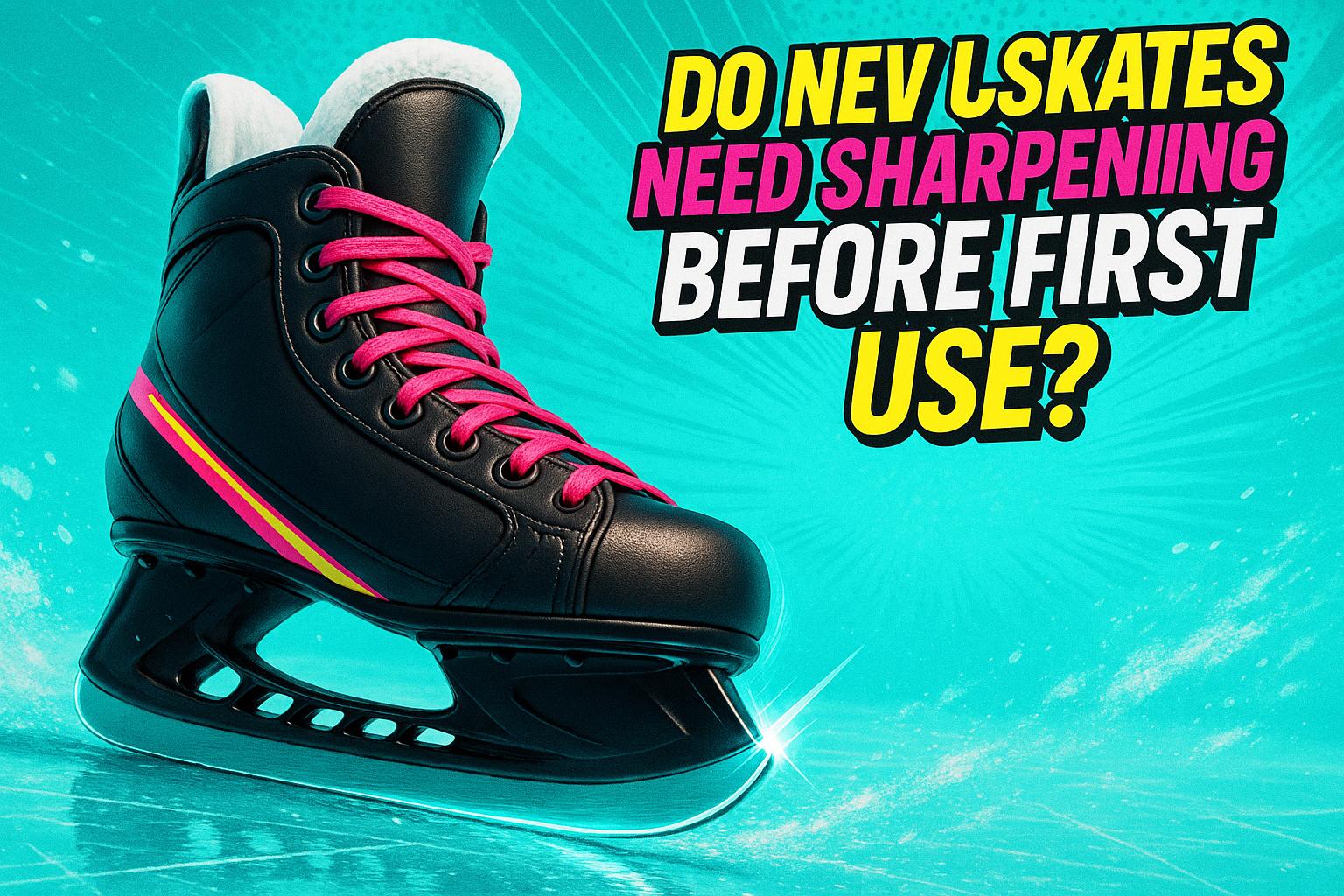
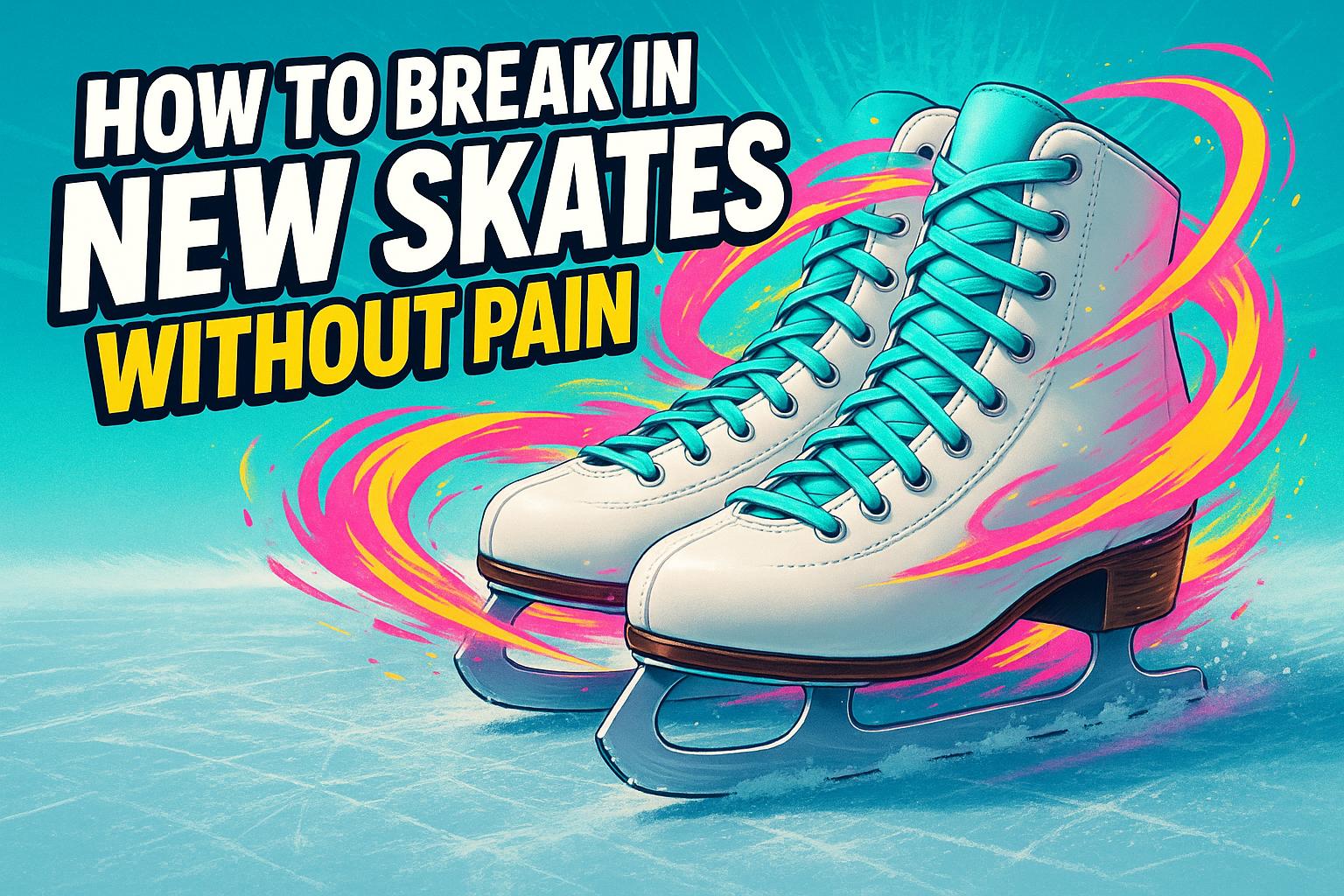




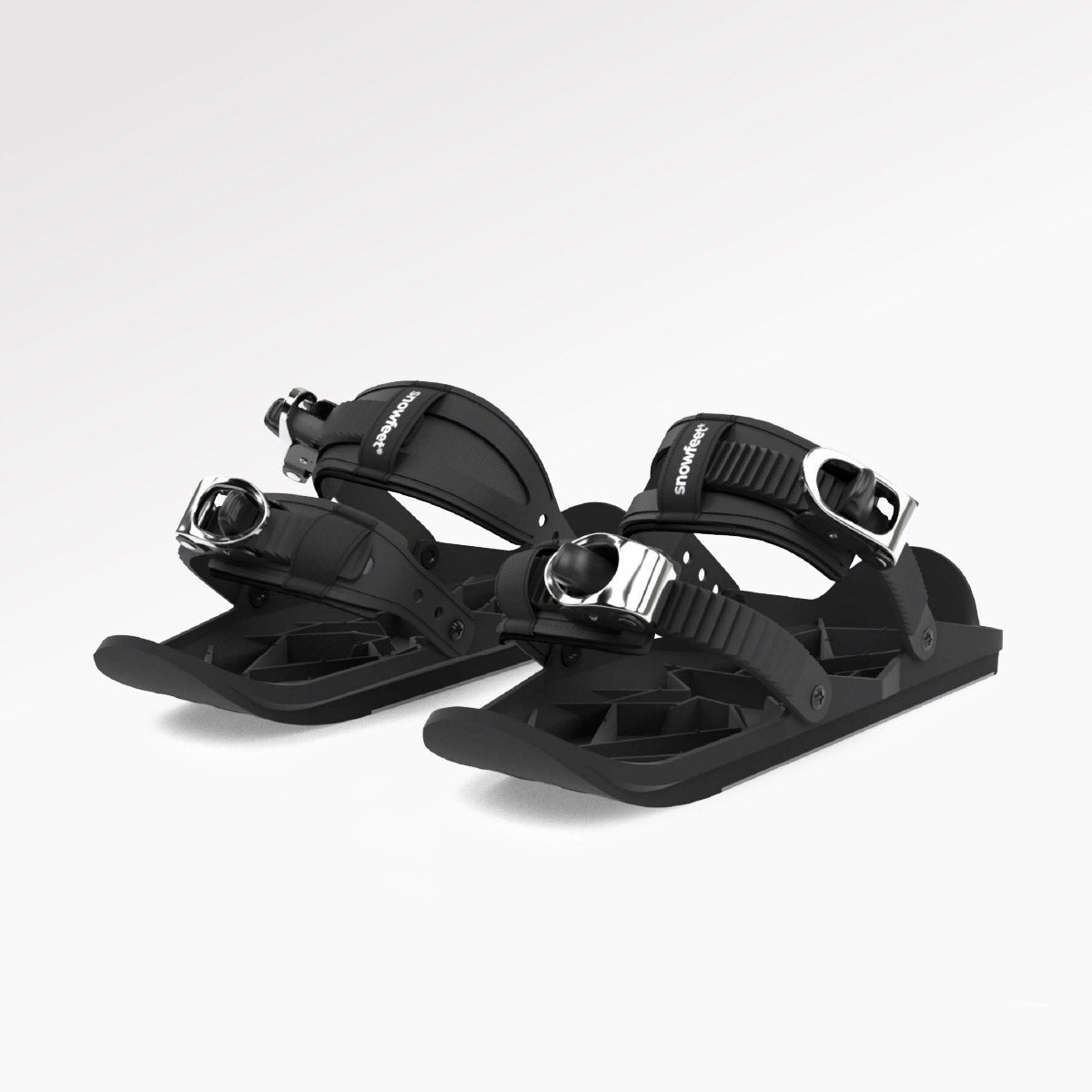

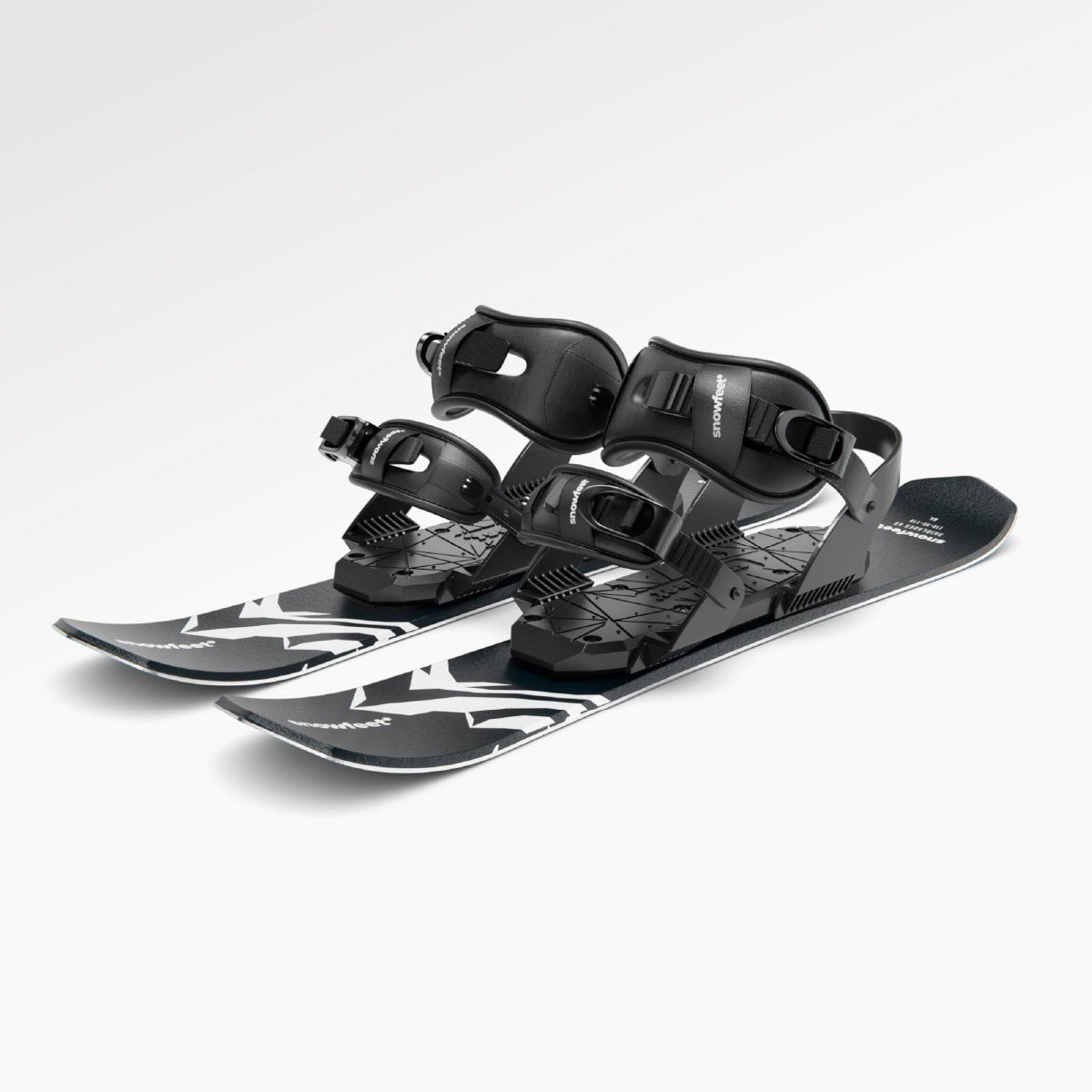

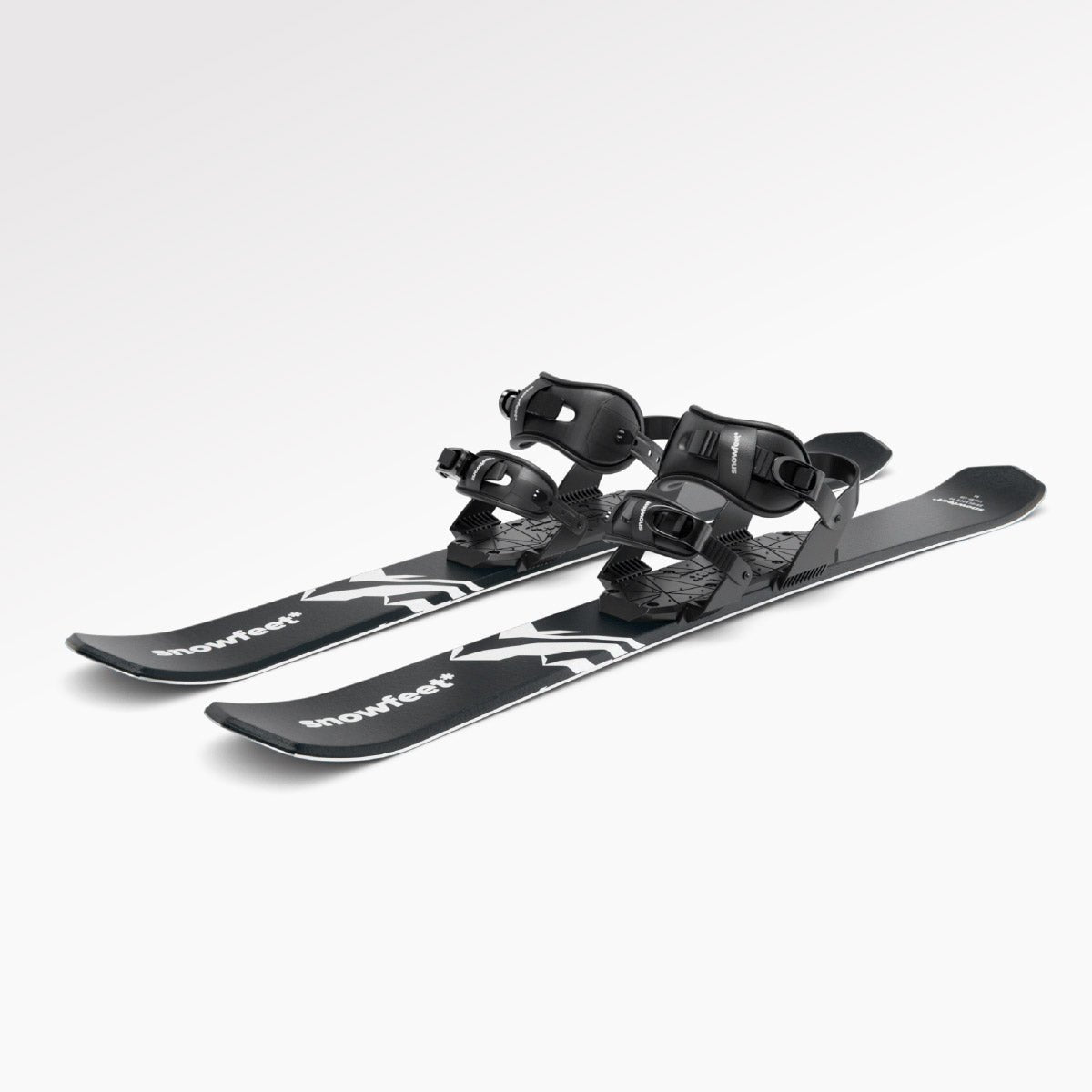

Efterlad en kommentar
Denne side er beskyttet af hCaptcha, og hCaptchas Politik om beskyttelse af persondata og Servicevilkår er gældende.